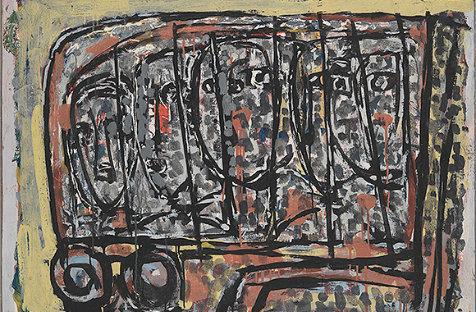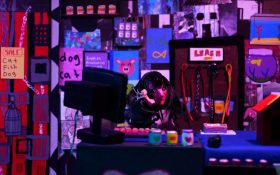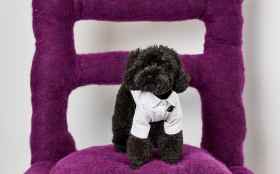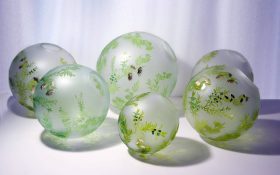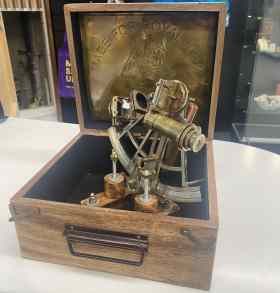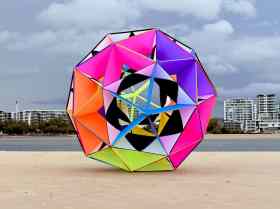Ian Fairweather collections and exhibitions occasionally pop up in galleries across Australia in the form of retrospectives of the artist’s life and work. Upon first impression, it may be assumed that the Queensland Art Gallery has done just this by presenting yet another retrospective of Fairweather’s paintings. Upon examination, Ian Fairweather: Late Works 1953-1974 is significantly different from other exhibitions of the artist’s work, as it focuses on the final 21 years of Fairweather’s life and the mystery of the artist’s state of mind while working from his isolated location on Queensland’s Bribie Island.
The exhibition comprises 35 paintings from university, regional, and private collections, along with recent gifts from Gallery benefactors, resulting in the first exhibition to focus on the final stages of Fairweather’s career. What results is an intimate yet overwhelming exhibition, full of striking lines and splashes of vivid colour, abstractions that hum with movement, and a juxtaposition of paintings that radiate light alongside others full of darkness.
Ian Fairweather: Late Works 1953-1974 does not offer a full biography of the artist, but instead assumes prior knowledge of Fairweather’s history, and focuses predominantly on the themes and techniques he used towards the end of his career. Instead of tales of the artist’s eccentric early life (he once set off from Darwin to Timor in a raft made of driftwood and timber decking), or his struggle to conform and adjust to Australian society, we are taken directly to Fairweather’s private thatched huts in an isolated corner of Bribie Island (the island was only accessible by ferry when the artist settled there) where he spent his final years.
While isolation may not seem desirable for many, for Fairweather it was a final opportunity to release the build-up of his creativity without any of the interruptions or distractions of daily society. What resulted was a stream of artwork from a tap that the artist no longer needed to turn off.
Fairweather’s final years on Bribie Island were so productive that when he ran out of cardboard to paint on, he would simply pick up a newspaper and continue to work. A number of these ‘Courier Mail’ paintings are included in the Late Works exhibition.
What is perhaps most striking about these final works is that although many of them were painted on found materials by the light of a hurricane lamp in a thatched hut with a dirt floor, they are truly breathtaking in their composition, symmetry, colour, and content, as though the simplicity of their creative birthplace effected the complexity and depth of the relationship between the artwork and the viewer.
While the collection of artworks displayed in Ian Fairweather: Late Works 1953-1974 may initially appear to be hastily or crudely painted, there are layers to the works that prove that Fairweather not only had an infinite knowledge of the beauty of line and form, but that he also possessed a deep understanding of the relationships between the city, the environment, and its unique people.
Ian Fairweather: Late Works 1953-1974
Queensland Art Gallery
3 November 2012 – 3 March 2013
